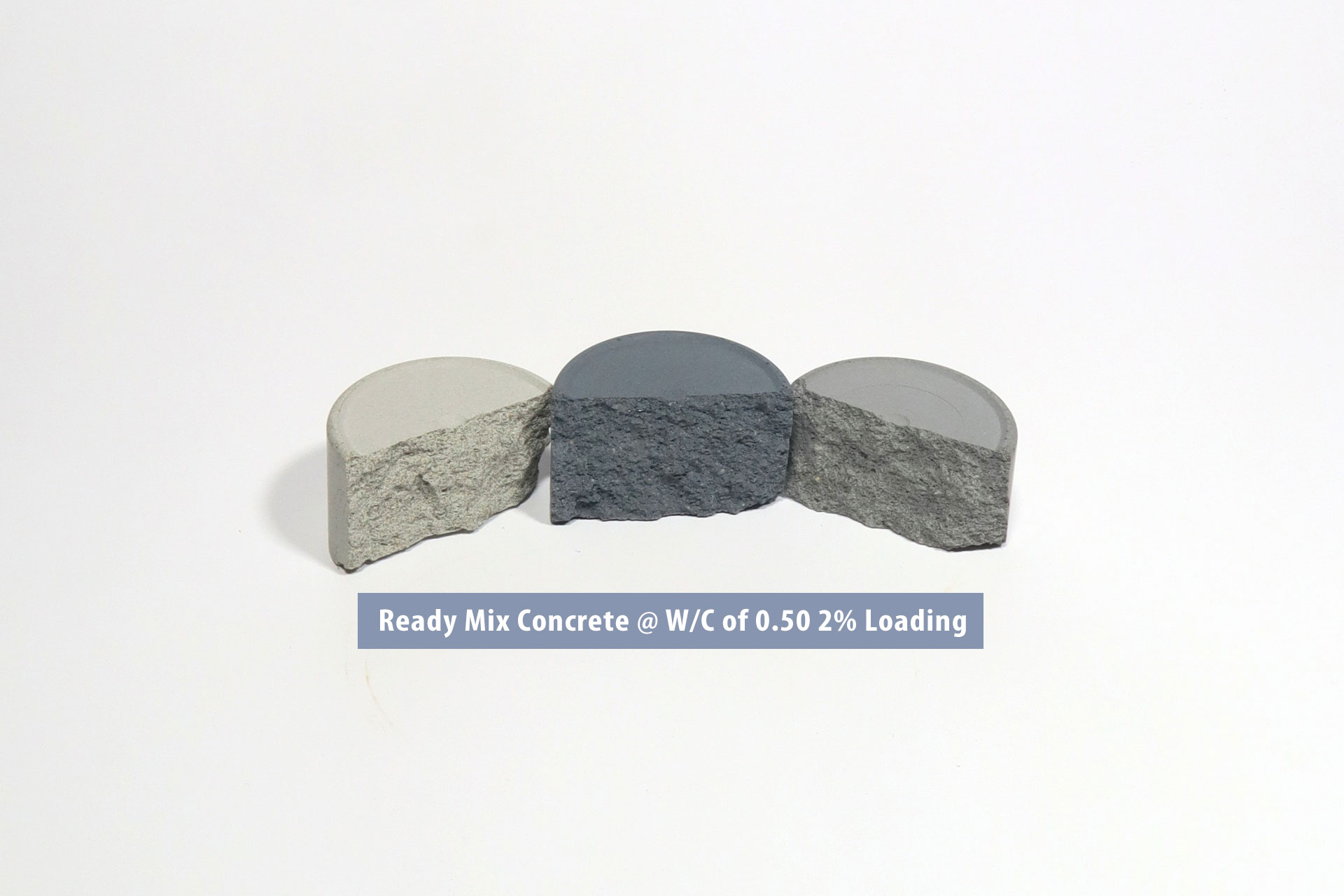Black Oxide Pigments
Black BK555

The dramatic increase in tinting strength of BK Triple Five also helps to create New Darker concrete colors that have never been possible until now. Using BK555 at 3.0% is far darker than any Black Iron Oxide at 8.0%. Deep Chocolate Browns, Navy Blues, Dark Greens, Rich Burgundies, Terra Cotta and dozens of other colors are all possible using BK555 as the base. Any Clay Brick color can now be matched in concrete. We can help with formulas. UV and Heat stability of BK555 are extreme vs Black Iron Oxides at temperatures up to 1000 degrees so concrete products can be made for Fireplace and Firepit applications with no worries of concrete turning Red.
Available as a powder in 5 LB Units and 55 LB Drums. A Black Granular version VG777 is also coming soon in 2500 LB Bulk Bags.
Click here for SDS (Safety Data Sheet) PDF
Why Not Carbon Black?
Over 8 Million Metric Tons or 18 Billion LBS of Carbon Black pigment are produced globally every year. It is a very large and sophisticated market for pigments that is over 100 years old and is used in many industries including Rubber Tires, Paint and other coatings, Plastic, Printing Inks to name a few. Many estimates put yearly Global Black Iron Oxide production at about 150,000 Tons or 300 Million LBS – quite small when compared to the Carbon Black market. Over 80 different grades of Carbon Black are made ranging in surface area from 40 m2/g to a whopping 500 m2/g. Black Iron Oxides by contrast are very coarse at about 10m2/g which is why the tinting strength is much lower than Carbon Black. Some rubber tire plants consume over 1 Million LBS of Carbon Black pigment PER DAY. The concrete pigment market is just too small for these large Carbon Black producers to even bother with.
Iron Oxide pigments are used in concrete and cement systems all over the world and Black is an important pigment. Concrete Roof Tile, Ready Mix, Paving Stone, Precast panels, Retaining Walls/SRW, Stucco, Brick & Block, Faux Stone and many others use Black Iron Oxide every day. An extreme example is a large concrete Roof Tile producer that consumed over 40,000 LBS of Dry iron oxide in a single 24 hour period with six lines at 90 Tiles per minute and was a combination of Red, Yellow and Black Iron Oxides. But Black Iron Oxide is not a “black” pigment, it is a gray pigment. Clarke does supply a high performance Black Iron Oxide called 451 and it is used in many concrete color formulas. However, Clarke BK555 or “BK Triple Five” is a true Black Inorganic pigment that contains Zero Carbon. BK555 is engineered to make Black Concrete and many dark colors in concrete and cement that have never been possible before.
A number of leading Iron Oxide producers do add small amounts of Carbon Black to Iron oxide black to make concrete look darker while admitting the Carbon Black will likely leach and fade out of concrete over time. But what type and what grade of Carbon out of the dozens to choose from is the question. Carbon Black can work at times in concrete but only with proper admixture conditions. The nature of Carbon pigment itself is simply not suited to color concrete Black. Clarke Colors knows exactly why Carbon fails regularly and fades out of concrete most of the time. It is not a particle like Black Iron Oxide or BK555. Carbon is Organic vs BK555 which is Inorganic and Carbon is like oil and water in concrete. Carbon pigments in general are too fine and do not have the correct structure to bond properly into the interfacial transition zone (ITZ) at the sand/aggregate/cement interface. Carbon affects water demand in a negative way, can affect and delay curing rates and can be expensive and messy so why bother with Carbon at all. But many Architects, Designers and producers have wanted blacker/darker concrete for decades and BK555 is the answer.

Clarke BK Triple Five is a unique Black particle and is roughly 2 1/2 times the surface area of typical Black Iron Oxides. Engineered with a high quality unique crystal structure and particle size distribution that disperses and bonds properly to the dense phase silicates in concrete and cement systems. Much more heat stable (1000o + F) than any current Black Iron Oxide that all convert to a Red shade when heated to over 350°F. BK555 is also much bluer in tint vs all Black Iron Oxides so can be used to make low cost Bluestone concrete shades at loadings between 0.10 and 1.0% in gray or white cement. If BK555 is too Blue at various loadings, simply add a ratio of Red Oxide like BRICK or Red 110/130 to Deblue. At a Maximum loading of 4.60%, BK555 will produce concrete that is much Blacker than all Black Iron Oxides at 10% which are still only dark gray.
Cement Terrazzo using BK555 at the maximum dosage rate of 4.60% will also match Black Epoxy Terrazzo. Basically all Epoxy Terrazzo colors which are not UV stable can now be matched in Cement Terrazzo for exterior applications using Clarke pigments.

